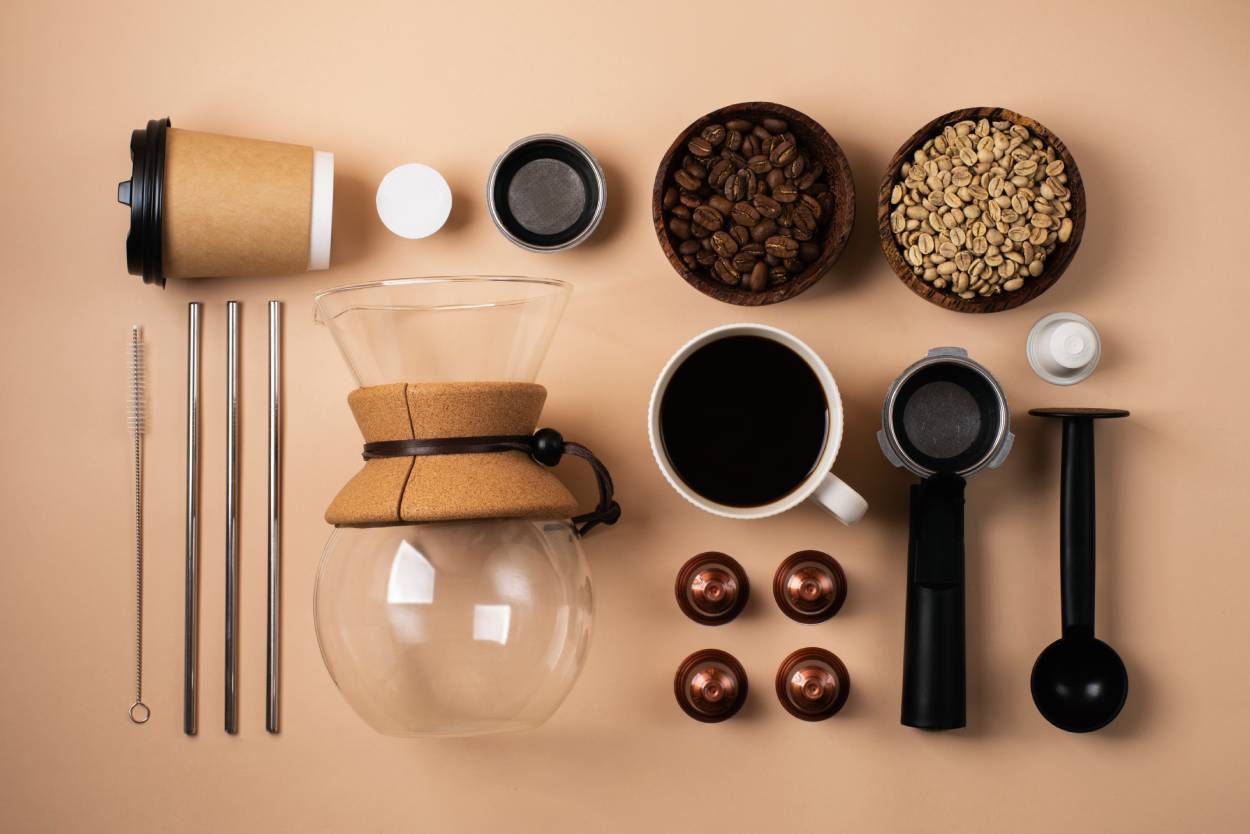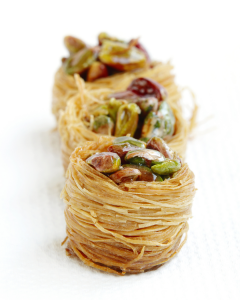
Your ultimate guide to coffee: Arabica Vs. Robusta
Your ultimate guide to coffee: Arabica Vs. Robusta
- Shelli Galici
- 20-02-2018
- 20-02-2018
- 2474 views
- Coffee Tips, Featured, Featured Articles, General Articles, How To's

We have been drinking coffee since discovering the exhilarating taste of this and the pleasure it gives for every sip. But for some who are still beginning to discover the pleasure of it, you might have a lot of questions in your mind about coffee. If you are one of them seeking more knowledge about coffee you came to the right place.
There are over 100 coffee species however the most popular types of coffee that we often hear or see to our local coffee shops is the Arabica and Robusta. Knowing the difference between this two is the first step in starting your coffee adventure.
Here are ten differences between Arabica and Robusta coffee.
1. Coffee Robusta also knows as Coffea Canephora is known for its taste as burnt tires or rubbery, this may not sound pleasant, but there is a reason behind that.
2. One reason that the taste isn’t as good for Robusta is that it has more caffeine compared to Arabica. Which may sound like a positive thing but caffeine carries a bitter taste which makes it an unpleasant drink. In fact, the Robusta bean has 2.7% caffeine content, almost double the 1.5% of Arabica.
3. On the other hand, Arabica is generally sweeter than robusta. It has sugary overtones. Arabica contains almost 60% more lipids and almost twice the concentration of sugar than Robusta. This factor also probably has a big impact on why many prefer the taste of Arabica than the sharper taste of Robusta.
4. When it comes to its price, green beans of Robusta is about half the price of Arabica green beans on the commodity market.
5. Robusta is easier to tend to on the farm, has a higher yield and is less sensitive to insects – the extra caffeine is a chemical defense for the coffee seed as the quantity in the Robusta is toxic to bugs.
6. However Arabica coffee is much sensitive this is because it grows to a higher elevation. Coffee that grows to high elevation has a harsher climate and plants grow slower. The plant’s slower growth produces more refined flavors once its beans are processed, roasted and ground.
One thing to note is despite the association with Arabica of being higher quality, and Robusta as being lower quality, it’s not always the case. Top notch specialty Robusta coffee will usually taste as good as or better than low-end Arabica. However, high-end Robusta isn’t widely used or available. Rather, Robusta is usually used as a filler or cost reducer.
7. The distinction between the two beans when it comes to shape is that Robusta beans are much more circular, whereas Arabica is more oval.
8. Arabica usually grows between 2.5 – 4.5 meters compared to the 4.5 – 6-meter height of Robusta.
9. Chlorogenic acid (CGA) content: This picture, unfortunately, isn’t true – however something that is actually a part of coffee is CGA. It’s a significant antioxidant and an insect deterrent. Robusta is 7-10% CGA and Arabica has 5.5-8% CGA.
10. Cultivation: About 75% of the world’s coffee production is Arabica, about 25% being Robusta. Brazil is the most significant Arabica producer and Vietnam produces the most Robusta.
We hope that this information helps you in your coffee adventure.
Article sources: The Roasters Pack | Driftaway.coffee





















